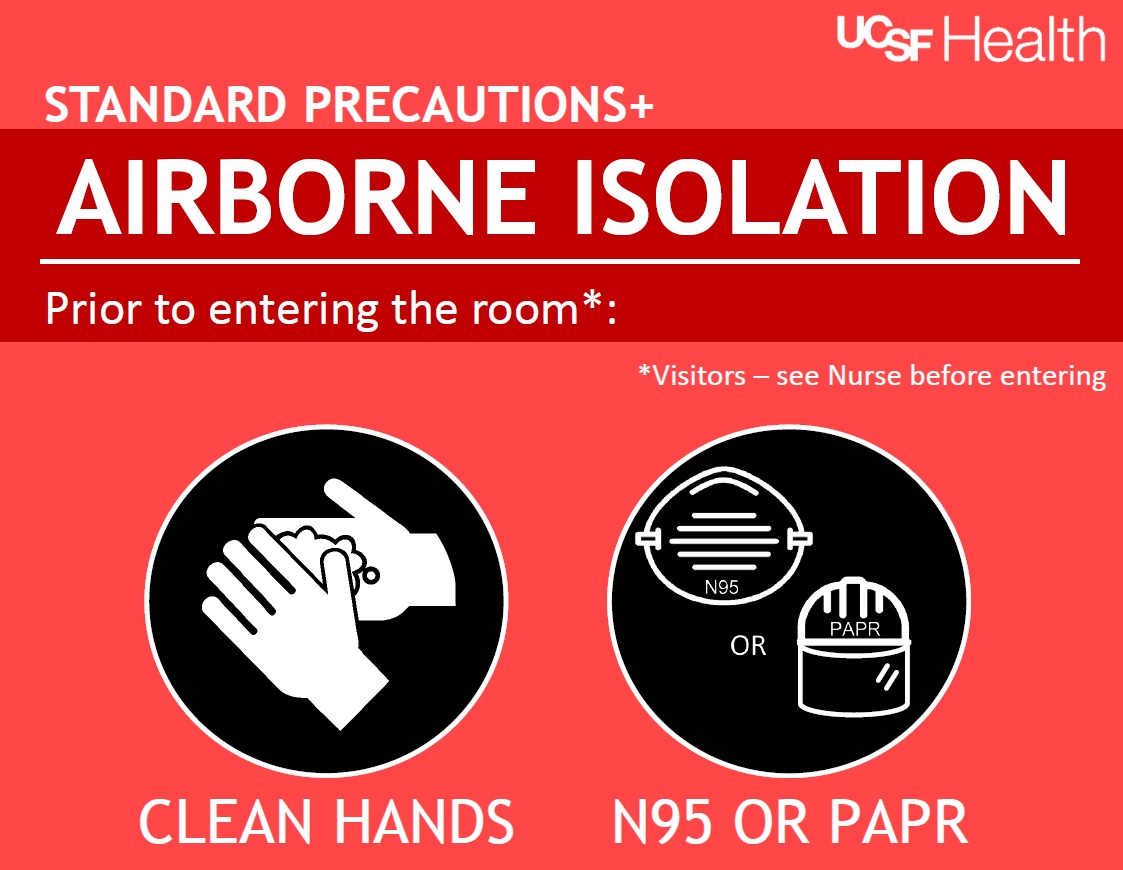Importance of Airborne Infection Control

Airborne infections can have severe consequences, including respiratory illnesses, pneumonia, and even death. According to the World Health Organization (WHO), airborne infections are responsible for millions of illnesses and deaths worldwide each year. The most vulnerable populations, such as the elderly, young children, and individuals with compromised immune systems, are at a higher risk of developing severe illnesses from airborne infections.
In addition to the human toll, airborne infections can also have significant economic and social impacts. For example, the spread of airborne infections can lead to school and workplace closures, disrupt transportation systems, and strain healthcare resources. Effective airborne infection control measures can help mitigate these risks and protect public health.
Types of Airborne Infections
There are several types of airborne infections, including:
- Influenza: A highly contagious respiratory illness caused by the influenza virus.
- Tuberculosis (TB): A bacterial infection that primarily affects the lungs, but can also affect other parts of the body.
- Measles: A highly contagious viral infection that can cause serious respiratory illnesses.
- Chickenpox: A viral infection that can cause a rash, fever, and respiratory symptoms.
- Coronavirus: A viral infection that can cause respiratory illnesses, including COVID-19.
Strategies for Airborne Infection Control
There are several strategies for controlling and preventing the spread of airborne infections, including:
- Vaccination: Vaccines are available for many airborne infections, including influenza, measles, and chickenpox.
- Personal Protective Equipment (PPE): PPE, such as masks, gloves, and gowns, can help prevent the spread of airborne infections.
- Ventilation and Air Filtration: Proper ventilation and air filtration systems can help remove airborne pathogens from the air.
- Surface Cleaning and Disinfection: Regular surface cleaning and disinfection can help reduce the spread of airborne infections.
- Respiratory Etiquette: Practices such as covering the mouth and nose with a tissue or elbow when coughing or sneezing can help prevent the spread of airborne infections.
Airborne Infection Control in Healthcare Settings
Healthcare settings, such as hospitals and clinics, are at high risk for airborne infection transmission. Effective airborne infection control measures are critical to prevent the spread of infections in these settings. Some strategies for airborne infection control in healthcare settings include:
- Isolation Precautions: Placing patients with airborne infections in isolation rooms to prevent transmission to others.
- Airborne Infection Isolation Rooms (AIIRs): Specialized rooms designed to prevent the spread of airborne infections, equipped with negative air pressure and HEPA filtration systems.
- Personal Protective Equipment (PPE): Healthcare workers should wear PPE, such as masks and gowns, when caring for patients with airborne infections.
Airborne Infection Control in Public Spaces
Public spaces, such as schools, workplaces, and transportation systems, can also be at risk for airborne infection transmission. Strategies for airborne infection control in public spaces include:
- Ventilation and Air Filtration: Improving ventilation and air filtration systems to reduce the concentration of airborne pathogens.
- Surface Cleaning and Disinfection: Regular surface cleaning and disinfection to reduce the spread of airborne infections.
- Respiratory Etiquette: Promoting respiratory etiquette practices, such as covering the mouth and nose with a tissue or elbow when coughing or sneezing.
FAQs
- What is the most effective way to prevent the spread of airborne infections?
The most effective way to prevent the spread of airborne infections is through vaccination, proper ventilation and air filtration, and respiratory etiquette practices. - How can I protect myself from airborne infections?
You can protect yourself from airborne infections by getting vaccinated, wearing a mask in crowded areas, and practicing good respiratory etiquette. - What is the difference between a mask and a respirator?
A mask is a loose-fitting device that covers the nose and mouth, while a respirator is a tight-fitting device that filters out airborne pathogens. - Can airborne infections be spread through touching surfaces?
Yes, airborne infections can be spread through touching surfaces that have been contaminated with airborne pathogens. - How often should I wash my hands to prevent the spread of airborne infections?
You should wash your hands frequently, especially after coughing, sneezing, or blowing your nose, and after touching surfaces that may be contaminated with airborne pathogens.
Conclusion
Airborne infection control is a critical aspect of public health, and effective measures are necessary to prevent the spread of airborne pathogens. By understanding the importance of airborne infection control, types of airborne infections, and strategies for controlling and preventing their spread, individuals and organizations can take proactive steps to protect themselves and others. Vaccination, proper ventilation and air filtration, and respiratory etiquette practices are essential components of airborne infection control. By working together, we can reduce the risk of airborne infection transmission and promote a healthier and safer environment for everyone. Remember, prevention is key, and by taking proactive steps, we can all play a role in controlling and preventing the spread of airborne infections.
Closure
Thus, we hope this article has provided valuable insights into Airborne infection control. We appreciate your attention to our article. See you in our next article!